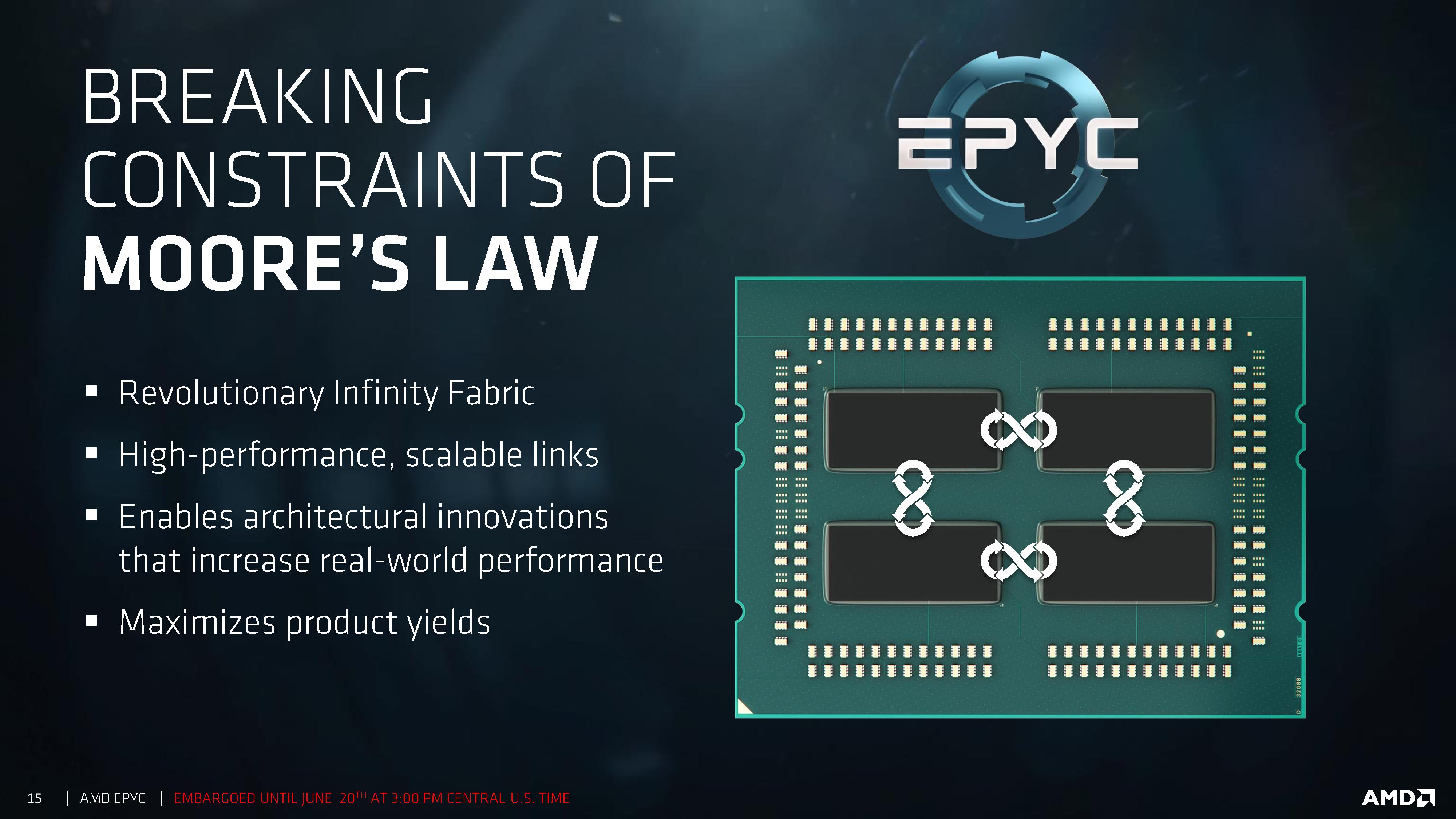Cooling = clocks with Ryzen.
On AMD Spire RGB I couldn't get any reasonable stability above 3.9GHz even with 1.4V. Water AIO enabled easy 4GHz and today I will find out if not more than that.
Looks like I'm going for water AIO next then, I'm currently running 3.9GHz at 1.33 volts with the Wraith Spire





